Spinal Injuries & Trauma
Spondylolisthesis
Understanding Slipped Vertebrae in the Spine
Spondylolisthesis is a condition where one vertebra slips forward over the one below it. Depending on severity, it can cause back pain, nerve compression, and difficulty with movement. At Desert Spine and Pain, we know hearing the words “slipped vertebra” can feel intimidating. But most cases are treatable, and many patients avoid surgery with proper care. Under the leadership of Dr. David L. Greenwald, M.D., FAANS, FACS, a nationally recognized neurosurgeon, our Phoenix-based team provides expert diagnosis, compassionate explanations, and a stepwise treatment plan designed for confidence and long-term relief.

Over 100 5-Star Reviews!

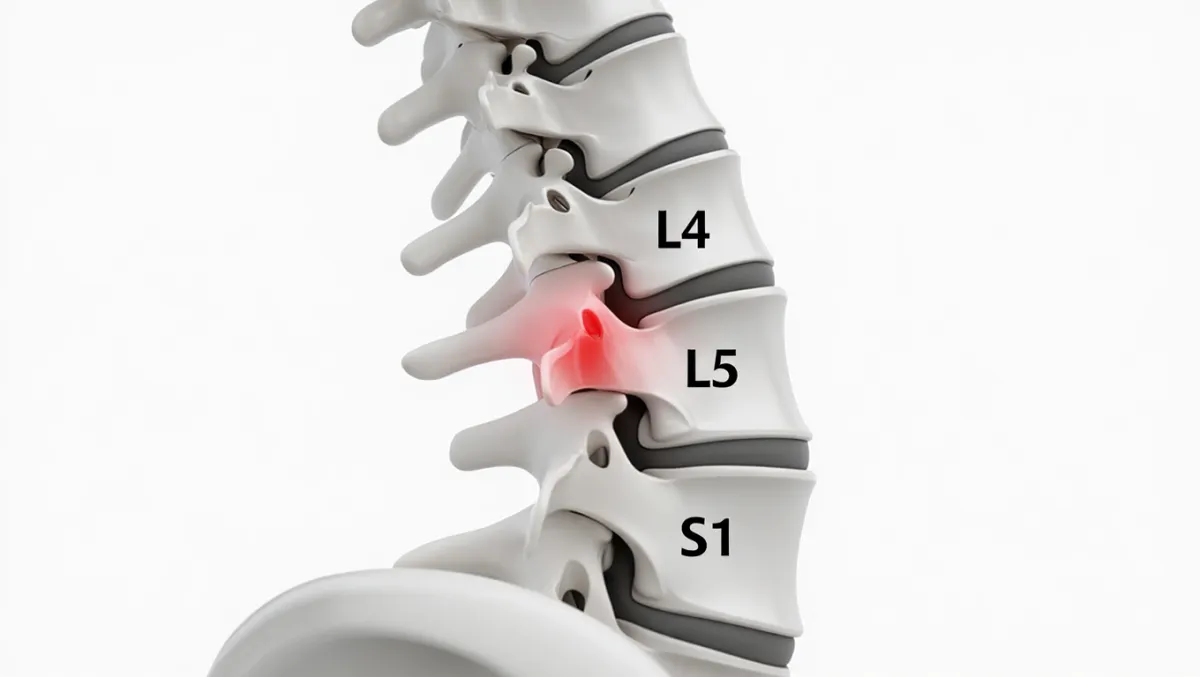
What Is Spondylolisthesis?
Spondylolisthesis occurs when a vertebra shifts out of place. It may be:
Degenerative – From age-related arthritis and disc changes
Isthmic – From a small fracture (spondylolysis) in a part of the vertebra called the pars interarticularis
Congenital – Present from birth due to abnormal spinal development
Traumatic – From injury or fracture
Pathologic – Caused by disease or tumor
Postsurgical – Rarely, from prior spine surgery
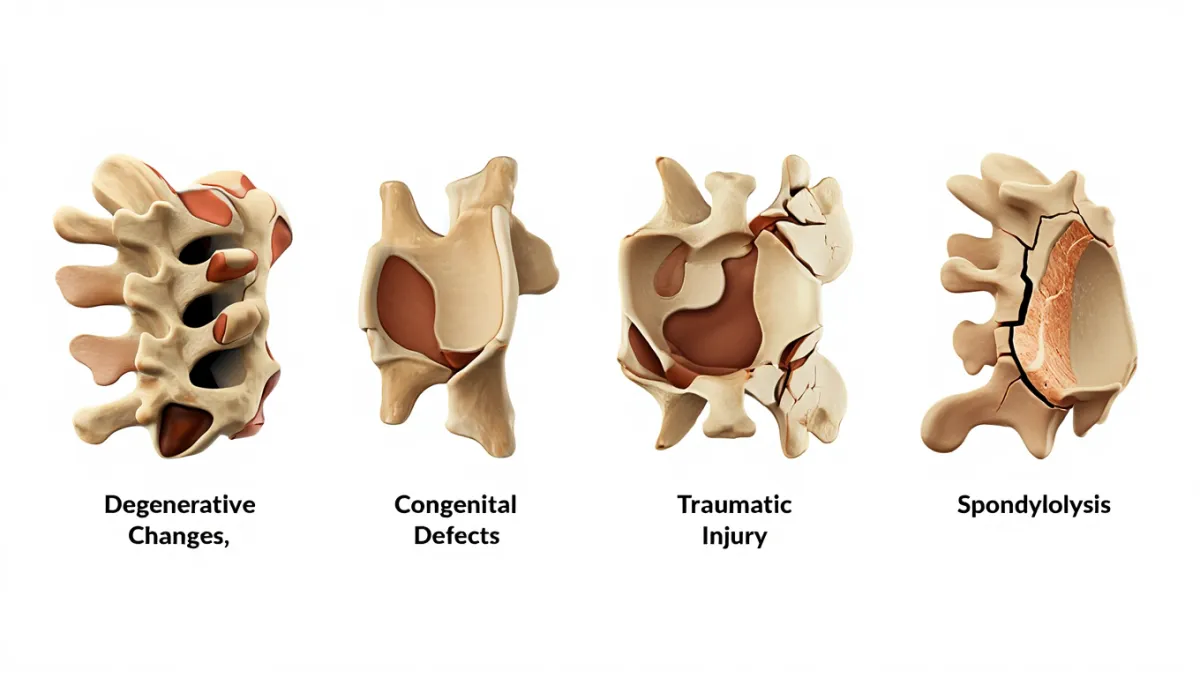
Causes and Risk Factors
Aging / arthritis – Most common cause in adults
Repetitive stress – Common in athletes like gymnasts or football players
Genetics – Some inherit weaker spinal structures
Injury or trauma – Fractures leading to slippage
Disc degeneration – Collapsed discs reduce stability
Prior surgery – Can rarely cause instability
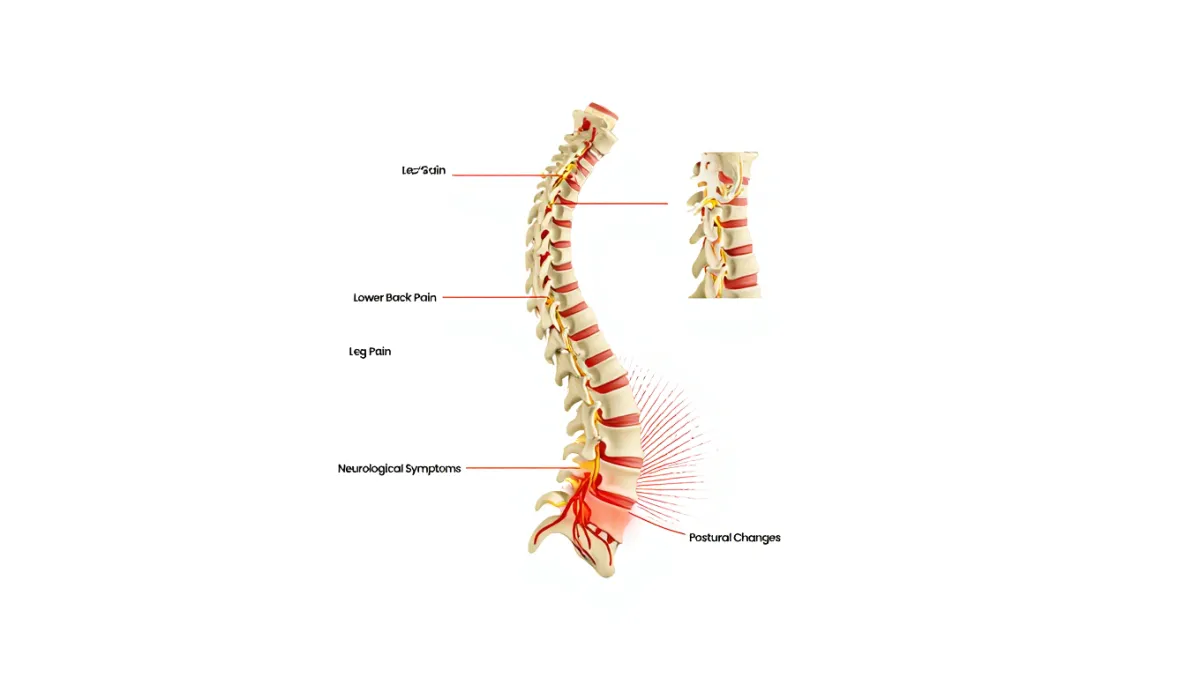
Symptoms of Spondylolisthesis
Lower back pain, often worse with activity
Tight hamstrings and reduced flexibility
Pain radiating into the buttocks or legs (sciatica)
Numbness, tingling, or weakness in the legs
Difficulty standing or walking for long periods
Severe cases: spinal deformity or difficulty controlling bladder/bowel function

Diagnosis
At Desert Spine and Pain, diagnosis includes:
Medical history & physical exam – Assessing movement, pain, and neurological function
Imaging –
X-rays to measure vertebral slippage
MRI to evaluate discs and nerves
CT scans if bone detail is needed
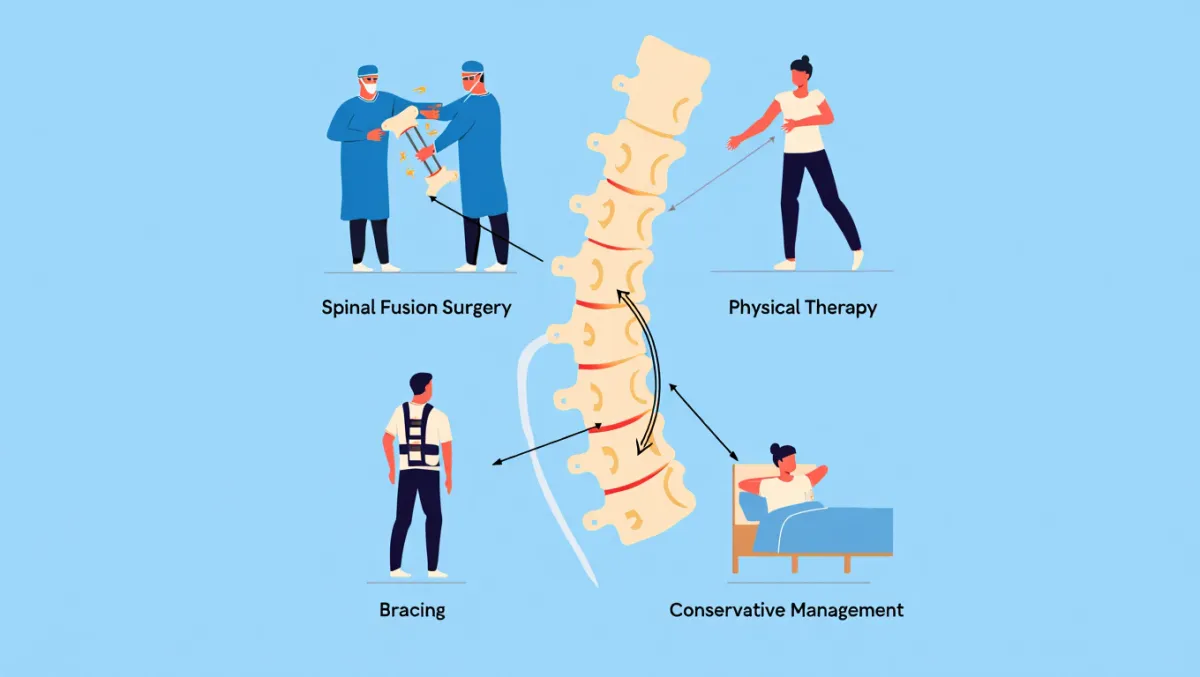
Treatment Options
Non-Surgical Care
Most patients improve with conservative treatment:
Rest and activity modification
Medications (anti-inflammatories, pain relievers)
Physical Therapy to strengthen the core and stabilize the spine
Bracing (for younger patients or instability)
Epidural Steroid Injections for nerve irritation
Surgical Care
If pain persists or slippage is severe:
Spinal Fusion – Stabilizes the spine and prevents further slippage
Decompression (Laminectomy/Foraminotomy) – Relieves pressure on nerves
Minimally Invasive Surgery (MIS) – Smaller incisions, quicker recovery
Instrumentation – Screws and rods may be used for stabilization
Recovery Timeline
Conservative care – Many patients improve in 6–12 weeks
Injections – Relief can last months, often supporting rehab
Surgery – MIS recovery often within weeks; fusion may require several months for full bone healing
Why Choose Desert Spine and Pain?
Expert neurosurgical care – Dr. Greenwald has advanced expertise treating complex spinal instability
Conservative-first philosophy – Surgery only when necessary
Advanced minimally invasive options – Faster recovery, less pain, smaller incisions
Compassionate care – Helping patients feel reassured and supported
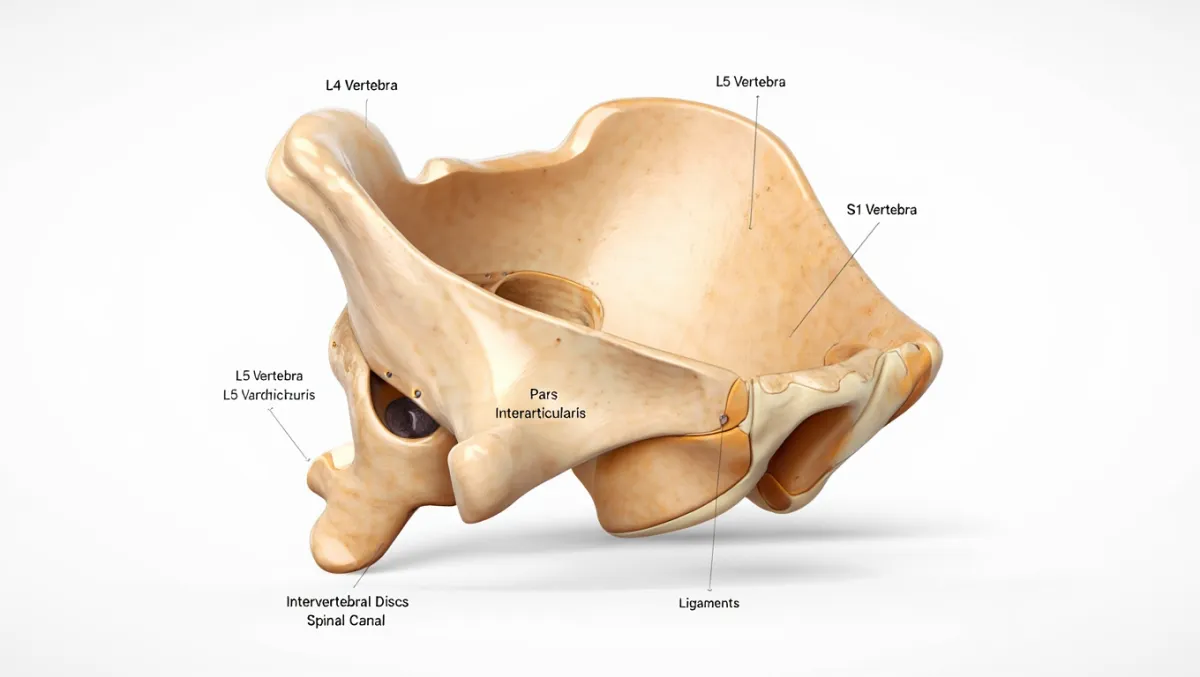
Frequently Asked Questions
What’s the difference between spondylolisthesis and spondylolysis?
Spondylolisthesis is the slippage of a vertebra. Spondylolysis is a fracture in the pars interarticularis that can lead to slippage.
Does spondylolisthesis always need surgery?
No. Many patients improve with therapy, bracing, and injections. Surgery is only for severe or persistent cases.
Can spondylolisthesis get worse over time?
Yes. Untreated instability may worsen, especially with degenerative or traumatic causes.
How is spondylolisthesis graded?
It’s graded based on how far the vertebra has slipped forward (Grade I–IV). Higher grades may require surgery.
How does Desert Spine and Pain treat spondylolisthesis differently?
We provide advanced imaging, conservative-first care, and minimally invasive surgical expertise — led by Dr. Greenwald.




Dr. David L. Greenwald, MD
Neuro-Spine Surgeon


Call Now!
Desert Spine and Pain
A Spine Specialist is standing by.
Relief is just a phone call away!
Available Around the Clock.
Phone: (602) 566-9500
Email: [email protected]
Contact Us

Schedule a Spondylolisthesis Consultation
If you’re living with pain or nerve symptoms caused by spondylolisthesis, expert care can help you move and feel better. Dr. Greenwald and his caring team are here to identify the cause of your discomfort and create a treatment plan designed to relieve pain and restore stability. Whether your condition requires conservative care or minimally invasive surgery, we’ll be with you every step of the way. Schedule your consultation today and take the first step toward lasting relief and a stronger, more stable spine.

Voted Best Spine Doctor
Over 30 Years Experience in Orthopedic & Neuro Spine Surgeries.

Dr. David L. Greenwald, M.D., F.A.C.S.
Neurosurgeon | Spine Surgeon | Regenerative Medicine
Dr. David L. Greenwald, MD, FACS, is a board-certified spine surgeon specializing in the diagnosis and treatment of spondylolisthesis, a condition in which one vertebra slips forward over the one below it, often causing back pain, nerve compression, and leg symptoms. This condition can result from degenerative changes, congenital defects, or trauma. Dr. Greenwald uses advanced imaging and minimally invasive surgical techniques to accurately assess spinal alignment and relieve nerve pressure when necessary. His treatment plans are tailored to each patient’s unique needs—often beginning with conservative therapies such as physical therapy, core strengthening, and targeted injections before considering surgical stabilization. Patients throughout South Florida trust Dr. Greenwald for his skill, precision, and dedication to restoring spine stability and improving quality of life.
Book your Spine Care Consultation Today!


Desert Spine and Pain
Patient Centered & Partner Focused
Quick Links
Resources
Connect With Us
© Desert Spine and Pain. 2025. All Rights Reserved. Sitemap















